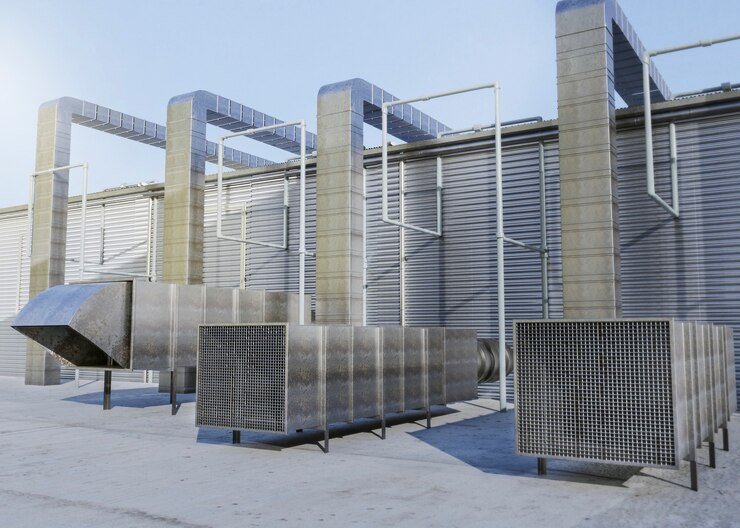Heat Recovery in Open-Plan Office Buildings: Ensuring Even Ventilation
Flexibility, space efficiency and collaboration have made open-plan offices the office of choice for modern businesses. However, they also present some of the biggest design and engineering challenges in terms of effective ventilation. One of the best ventilation solutions for open-plan offices is mechanical ventilation with heat recovery (MVHR). MVHR office ventilation system improves indoor air quality while significantly reducing energy consumption, making it a great option for large open-plan offices. However, there are many factors to consider in order to ensure an even distribution of fresh air and a stable microclimate in open-plan offices.
Ventilation Challenges in Open-Plan Offices
The large and open areas without walls or partitions often have poor temperature and airflow zoning. Some areas become very hot due to the high density of people and equipment, while other areas become uncomfortable due to inadequate ventilation. All this makes it difficult to achieve consistent air quality.
The main ventilation problems in open-plan offices are:
- Uneven microclimate. Temperature and CO2 levels vary in different areas depending on workstations, equipment or high-traffic zones.
- Noise from ventilation. In an open space with noise from ventilation equipment, the balance in terms of concentration is upset.
- Aesthetics. Large ventilation ducts or external equipment can detract from the overall aesthetic appeal of the space.
All this can be solved by a properly designed heat recovery system.
How to Ensure Even Ventilation with Heat Recovery in Open-Plan Offices
Achieving even ventilation requires precise planning, careful system configuration, and high-quality equipment. Key aspects to consider include:
- Thorough Room Analysis
During the design stage, it’s essential to account for the area, ceiling height, number of occupants, and the placement of workstations and equipment. This data helps determine the required system capacity and the optimal positioning of ventilation grilles. - Smart Airflow Distribution
To achieve a consistent indoor climate, supply and extract grilles must be strategically placed to promote air circulation throughout the entire space. It’s crucial to avoid “dead zones,” where air stagnates, and minimise draughts that could cause discomfort. - Integration of Automation Systems
Modern heat recovery systems can be integrated with “smart” sensors that monitor carbon dioxide levels, humidity, and temperature in different areas of the office. Based on this data, the system automatically adjusts its performance to maintain a consistent microclimate. - Noise Control
To minimise noise, use soundproofing materials in air ducts and select fans and heat exchangers with low noise levels. This ensures a comfortable working environment, especially in offices with high acoustic requirements. - Zoning the Space
For large open-plan offices, consider creating separate zones with individual microclimates. This approach allows ventilation to be tailored to the specific needs of different areas, such as meeting rooms, lounge areas, or workstations with a high concentration of equipment.
Uniform ventilation in an open-plan office is essential to ensure comfort and productivity. Heat recovery systems provide a novel, energy-efficient and modern solution to not only maintain air quality but also maximise energy savings.
The design should take into account the specific conditions of the space and the requirements of the office operation to achieve the desired results. Involving professionals during the design and installation phases will ensure that everything comes together to achieve the best possible result and ultimately the longevity of the system.
